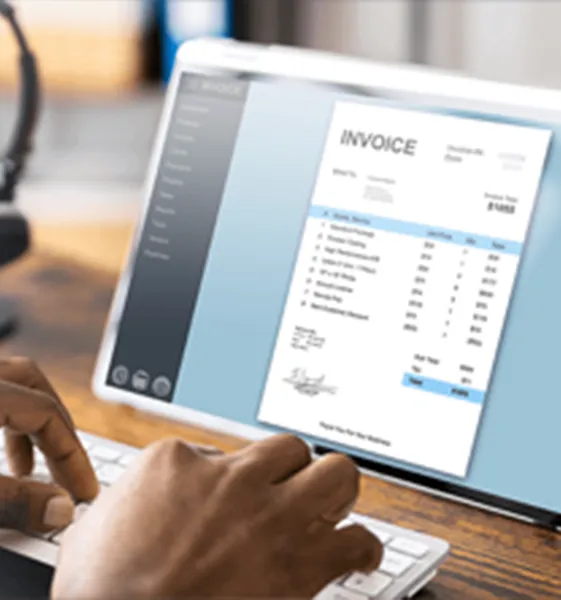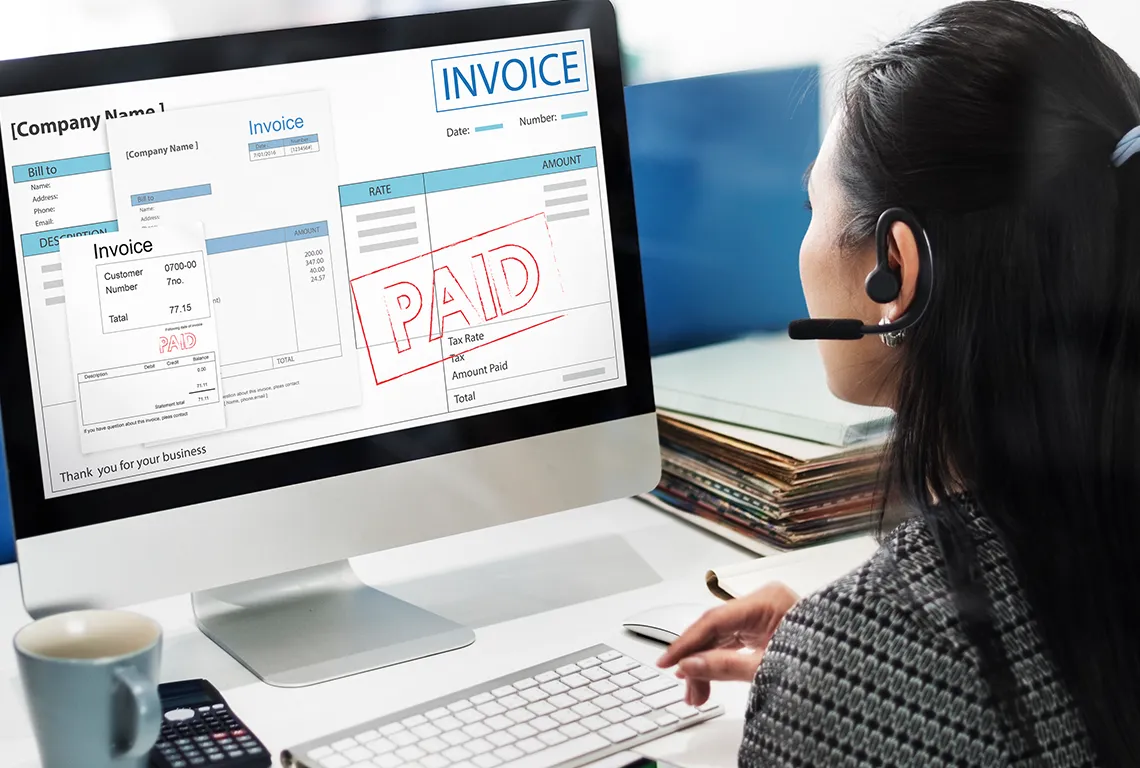E-Invoicing
Streamlining Business Operations: The Power of E-Invoicing in the Digital Age


In today's fast-paced business landscape, efficiency is key to staying competitive. One area where efficiency can make a significant impact is invoicing. Traditional paper-based invoicing processes are time-consuming, prone to errors, and often result in delays in payment. However, with the advent of electronic invoicing, or e-invoicing, businesses are experiencing a transformative shift in how they manage their financial transactions. In this blog, we explore the concept of e-invoicing, its benefits, and its implications for businesses in the digital age.
Understanding E-Invoicing:
E-invoicing refers to the process of electronically generating, sending, receiving, and processing invoices between trading partners. Unlike traditional paper-based invoices, which are often printed, mailed, and manually entered into accounting systems, e-invoices are created and transmitted digitally, streamlining the entire invoicing process. E-invoicing can take various forms, including email attachments, electronic data interchange (EDI), and web-based portals, depending on the needs and capabilities of the businesses involved.

Benefits of E-Invoicing
Increased Efficiency: E-invoicing eliminates the need for manual data entry and paper-based documentation, saving time and reducing the risk of errors. With automated workflows and real-time tracking capabilities, businesses can process invoices faster and more accurately, leading to improved cash flow and better resource allocation.
Cost Savings: By eliminating the costs associated with printing, mailing, and storing paper invoices, e-invoicing can result in significant cost savings for businesses. Moreover, the reduced processing time and improved accuracy of e-invoices minimize the need for follow-up communication and dispute resolution, further reducing administrative overhead.
Enhanced Visibility and Control: E-invoicing provides businesses with greater visibility and control over their invoicing process. Through centralized electronic platforms, businesses can track the status of invoices in real-time, monitor payment timelines, and analyze payment trends, allowing for proactive management of cash flow and financial planning.
Improved Compliance and Security: E-invoicing helps businesses ensure compliance with regulatory requirements and industry standards. By standardizing invoicing formats and facilitating secure electronic transmission, e-invoicing reduces the risk of non-compliance penalties and minimizes the potential for fraud or unauthorized access to sensitive financial information.
Adoption and Implementation:
While the benefits of e-invoicing are clear, widespread adoption has been somewhat slow, particularly among small and medium-sized enterprises (SMEs). Factors such as initial investment costs, technological barriers, and concerns about data security and privacy have hindered adoption rates in some regions. However, with governments and regulatory bodies increasingly mandating the use of e-invoicing and providing incentives for adoption, businesses are gradually recognizing the value proposition of e-invoicing and investing in the necessary infrastructure and resources to implement it effectively.
Conclusion:
In conclusion, e-invoicing represents a significant opportunity for businesses to streamline their operations, reduce costs, and improve efficiency in the digital age. By embracing electronic invoicing solutions and leveraging the benefits of automation, businesses can optimize their invoicing processes, enhance visibility and control, and ultimately drive growth and profitability. As the digital economy continues to evolve, e-invoicing will undoubtedly play a central role in shaping the future of financial transactions and business operations.